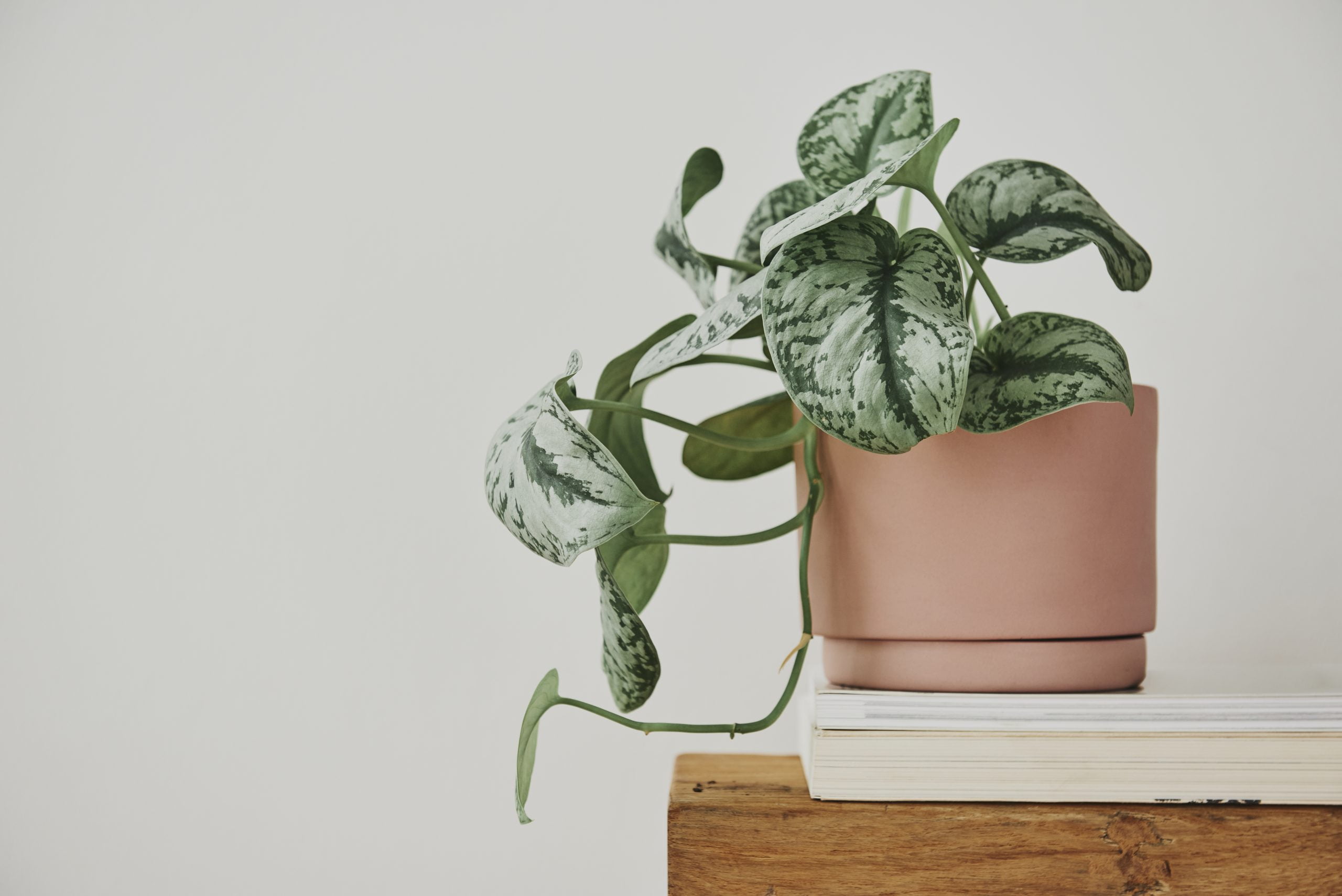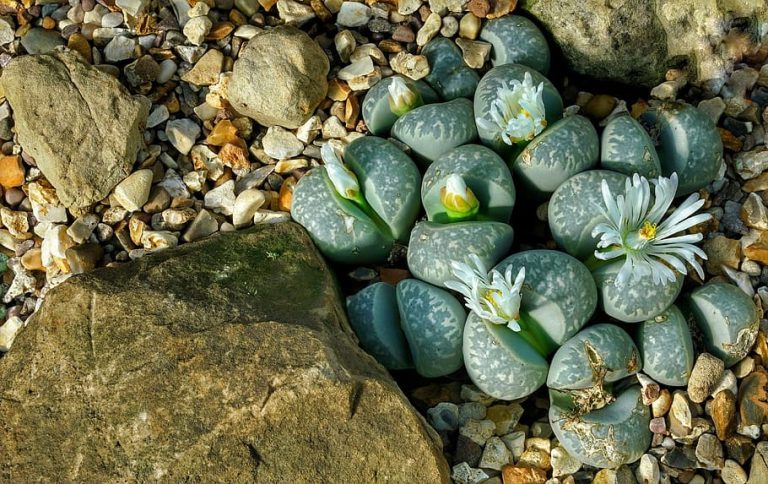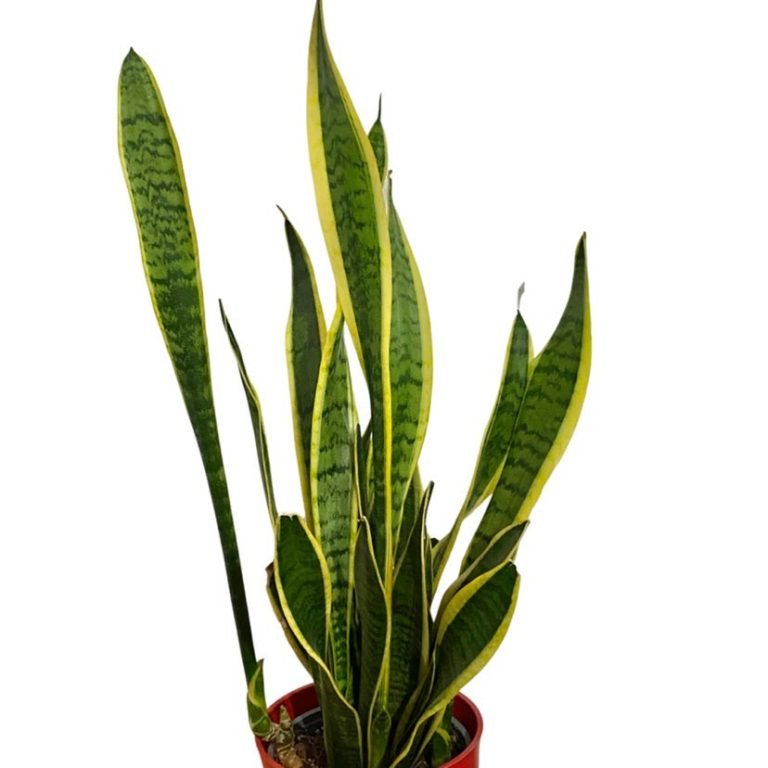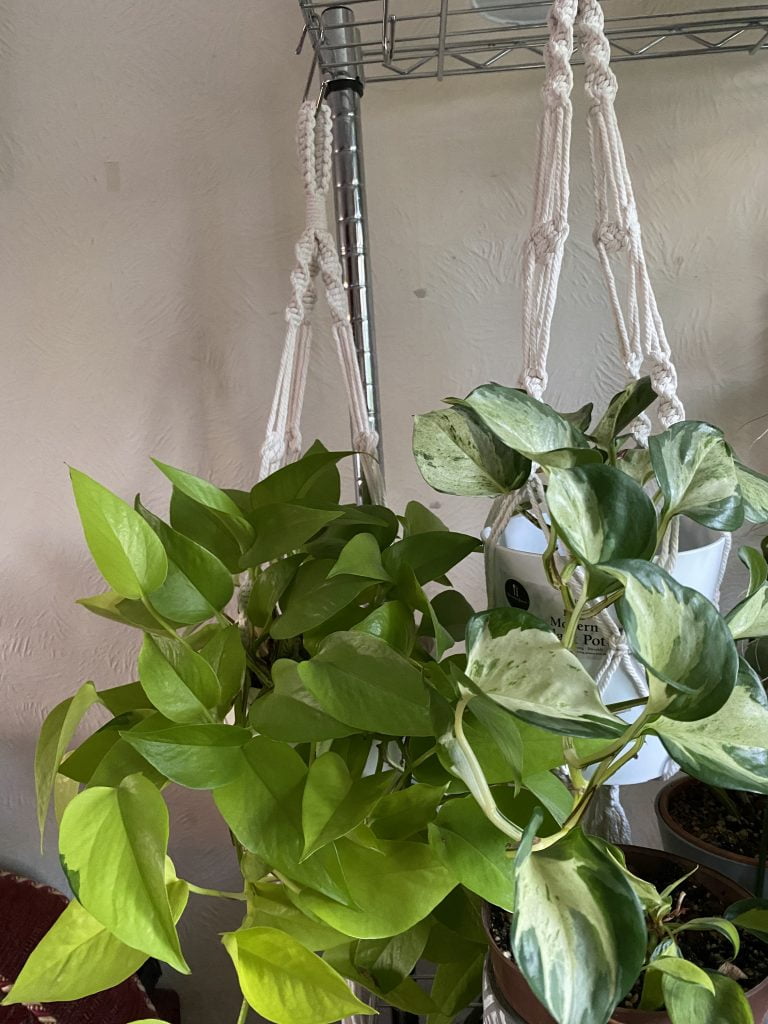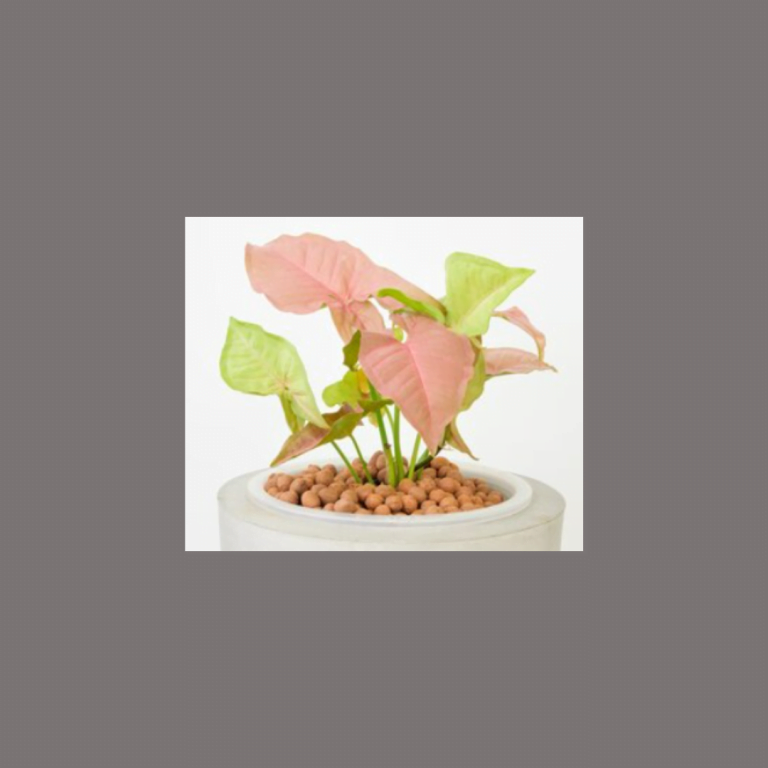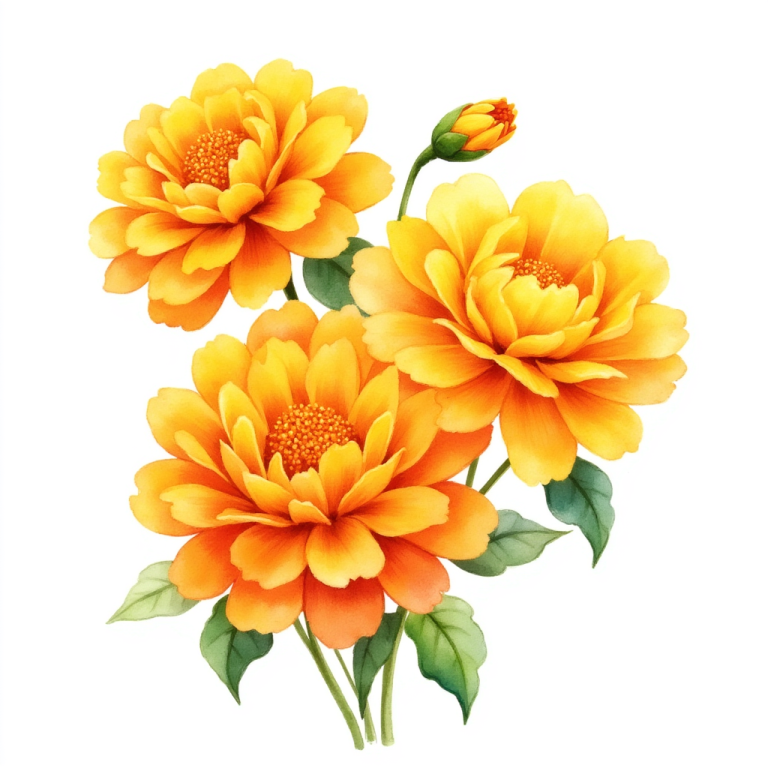Top Low-Light Indoor Plants
Discover the best indoor plants that thrive in low light conditions. Get tips on how to care for these plants and stylishly incorporate them into your home.
Indoor plants can transform any space, bringing a touch of nature indoors and enhancing the aesthetic appeal of your home. However, not all homes are blessed with abundant natural light. Fortunately, several indoor plants thrive in low light conditions, making them perfect for dimly lit rooms, offices, and apartments. In this blog post, we will explore some of the best low-light indoor plants, their care tips, and how to incorporate them stylishly into your living space.
The Snake Plant, also known as Mother-in-Law’s Tongue, is a hardy plant known for its upright, sword-like leaves. It is one of the most tolerant houseplants, thriving in low light and requiring minimal care.


Care Tips: Water sparingly, allowing the soil to dry between waterings. It can tolerate low light but prefers indirect sunlight.
Styling Tip: Place a Snake Plant in a decorative pot in your living room or bedroom for a modern and sleek look.
The ZZ Plant is known for its glossy, dark green leaves and its ability to survive in almost any lighting condition. It is an excellent choice for beginners.
Care Tips: Water when the soil is dry to the touch. It can survive in low light but thrives in indirect light.
Styling Tip: Use the ZZ Plant as a statement piece on a bookshelf or side table to add a touch of greenery.


Pothos, or Devil’s Ivy, is a popular trailing plant known for its heart-shaped leaves and vibrant green colour. It is easy to grow and can thrive in low light conditions.
Care Tips: Allow the soil to dry out between waterings. It grows well in low to moderate light.
Styling Tip: Hang Pothos in a macramé plant hanger near a window or let it trail from a high shelf for a lush, cascading effect.


- Peace Lily (Spathiphyllum)
The Peace Lily is known for its beautiful white flowers and dark green leaves. It is an excellent air purifier and thrives in low light.
Care Tips: Keep the soil moist but not soggy. It prefers low to moderate light and will even flower in low light conditions.
Styling Tip: Place a Peace Lily in a stylish pot on a coffee table or in a corner to brighten up any room.


The Cast Iron Plant is named for its durability and ability to withstand neglect. It has broad, dark green leaves and thrives in low light.
Care Tips: Water when the top inch of soil is dry. It does well in low light and can tolerate low humidity.
Styling Tip: Use the Cast Iron Plant as a floor plant in an elegant pot to add a touch of greenery to your home’s entryway or living room.


Care Tips for Low-Light Indoor Plants
Watering: Overwatering is a common mistake. Ensure the soil is dry before watering and use pots with drainage holes to prevent root rot.
Light: While these plants can survive in low light, occasional exposure to indirect sunlight can promote healthier growth.
Humidity: Most low-light plants can tolerate low humidity, but occasional misting can help, especially in dry environments.
Fertilizing: Use a balanced, water-soluble fertilizer once a month during the growing season to provide essential nutrients.
Styling Tips for Incorporating Plants
Grouping: Create a visually appealing arrangement by grouping different plants together. Vary the heights and textures for an interesting display.
Containers: Choose pots and containers that complement your home decor. Neutral colours and simple designs can enhance the beauty of the plants.
Placement: Use plants to fill empty spaces, such as corners or shelves. They can also be used as centrepieces on tables or as accents on windowsills.
Low-light indoor plants are perfect for adding a touch of nature to dimly lit spaces. With the right care and styling, these resilient plants can thrive and enhance the beauty of your home. Experiment with different plants and arrangements to create your own indoor oasis.

